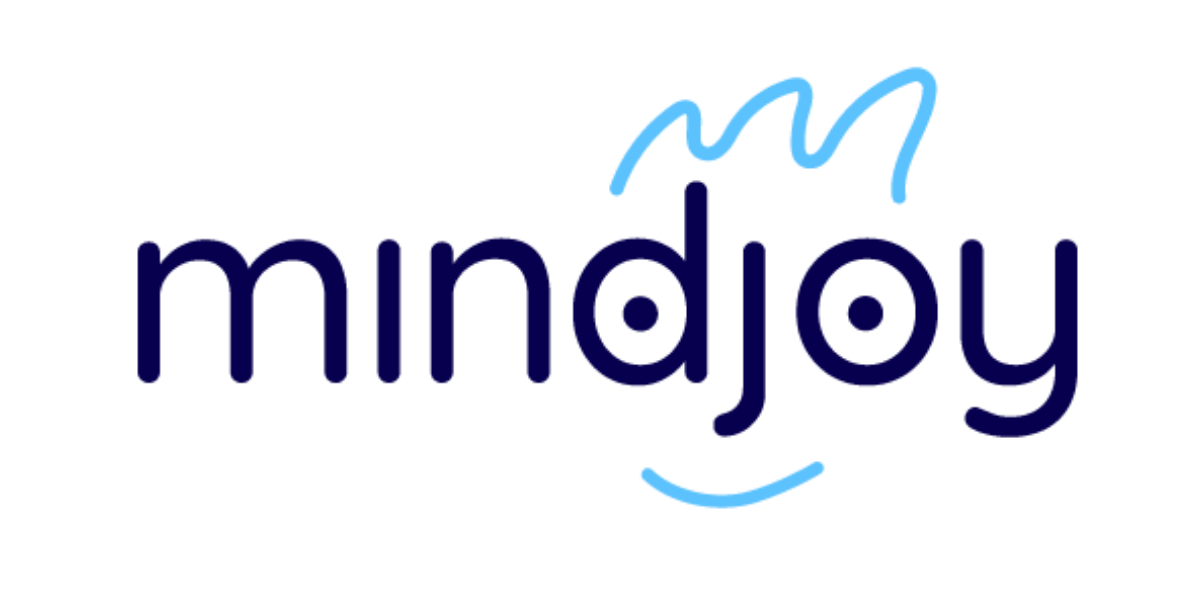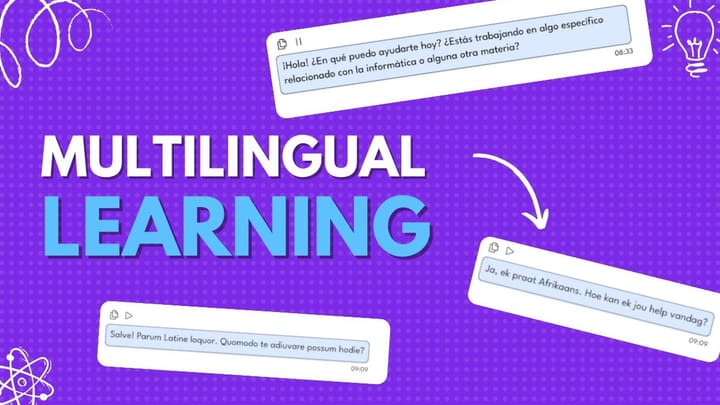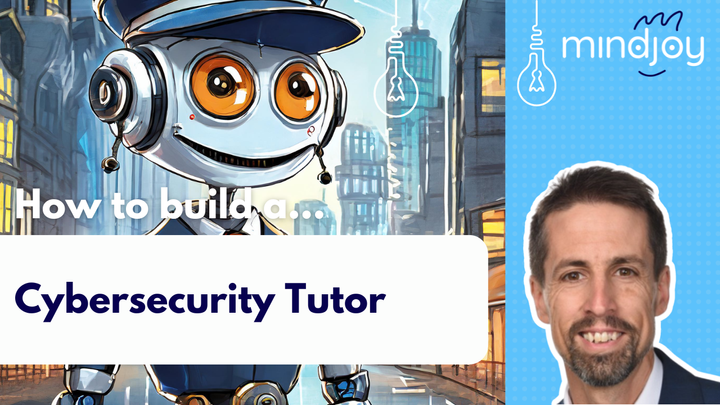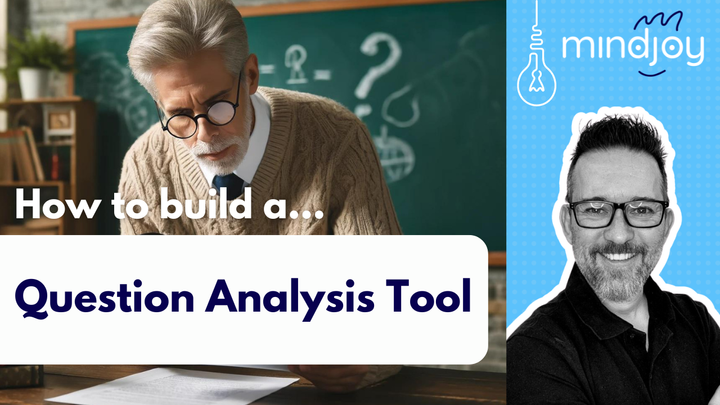How to Build a Smart Revision Questioning Tutor
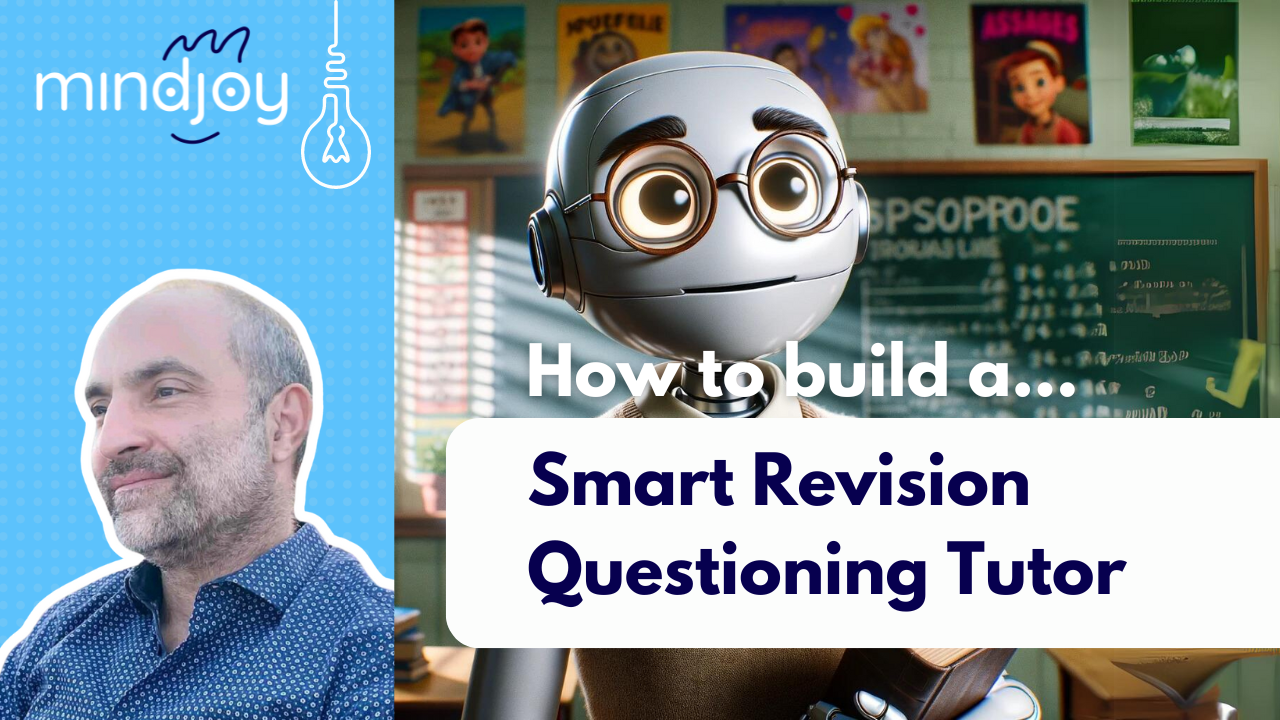
Ioannis Anapliotis 🇬🇷
IT Teacher, Nea Paideia School School, Athens, Greece
Are you looking for a way to streamline student revision and ensure a comprehensive understanding of your course material? Ioannis Anapliotis, an IT teacher from Nea Paideia School in Athens, Greece, has developed a smart revision bot using Mindjoy. This innovative tool tailors revision sessions to student needs, providing immediate feedback and insightful comments. Here's how Ioannis built this helpful tutor bot. 🌐📚
Get the Smart Revision Bot
Step 1: Define the Tutor's Role and Character
Ioannis began by defining the smart revision bot's role as an online educator designed to assess student understanding of specific units or courses. The bot's purpose is to interact with students, asking tailored questions based on the Greek educational curriculum. The bot introduces itself, asks for the course and unit, student age, and any special requirements, and then determines the number of questions for the revision session.
Step 2: Instruction Settings
Ioannis programmed the smart revision bot with specific instructions to guide its interactions. Key settings include:
- Asking for the course, specific unit, and student's age.
- Inquiring about any special characteristics or requirements for question types and difficulty.
- Determining the number of questions to create for the revision session.
- Creating questions with increasing difficulty based on student responses.
- Providing immediate feedback and explanations for each answer.
- Ensuring variety in question types, including true/false, fill-in-the-blank, open-ended, and multiple-choice questions.
These settings ensure the bot tailors each session to the student's needs, promoting effective learning and revision.
Step 3: Activate Knowledge Bases and Modes
Ioannis activated the Socratic mode and Mathematics mode to enhance the bot's capabilities. The Socratic mode encourages deeper thinking through probing questions, while the Mathematics mode supports specific math-related queries. These modes help the bot provide comprehensive and insightful feedback during the revision sessions.
Step 4: Begin a New Chat and Test
Ioannis tested the smart revision bot by starting new chat sessions and posing various questions. For example, in a session on engineering, the bot asked a series of ten questions, including true/false, fill-in-the-blank, open-ended, and multiple-choice questions. The bot provided immediate feedback for each answer and included additional information to enhance understanding.
In another session on ancient Greek history for a 13-year-old student, the bot asked questions tailored to the student's age and provided detailed comments on the student's performance.
Step 5: Continuous Improvement
Ioannis continuously refined the smart revision bot based on feedback and observed interactions. Adjustments were made to ensure the bot's responses remained accurate and useful, providing valuable insights for student revision. This iterative process allowed Ioannis to enhance the bot's performance and usability, ensuring it met the educational needs of his students.
Step 6: Using it in the Classroom
The smart revision bot became an invaluable tool for Ioannis in his classroom. It allowed for personalised revision sessions, where students received immediate feedback and comments on their answers. The bot's ability to provide varied question types and detailed explanations helped students improve their understanding and retention of the course material.
Conclusion
Ioannis Anapliotis' innovative use of AI to create a smart revision bot highlights the potential of personalised educational tools to transform student learning experiences. By developing a bot tailored to the Greek educational curriculum, Ioannis has demonstrated how AI can be harnessed to provide effective and engaging revision sessions. This approach not only enhances student understanding but also saves time for teachers, paving the way for more efficient and impactful teaching and learning experiences.
